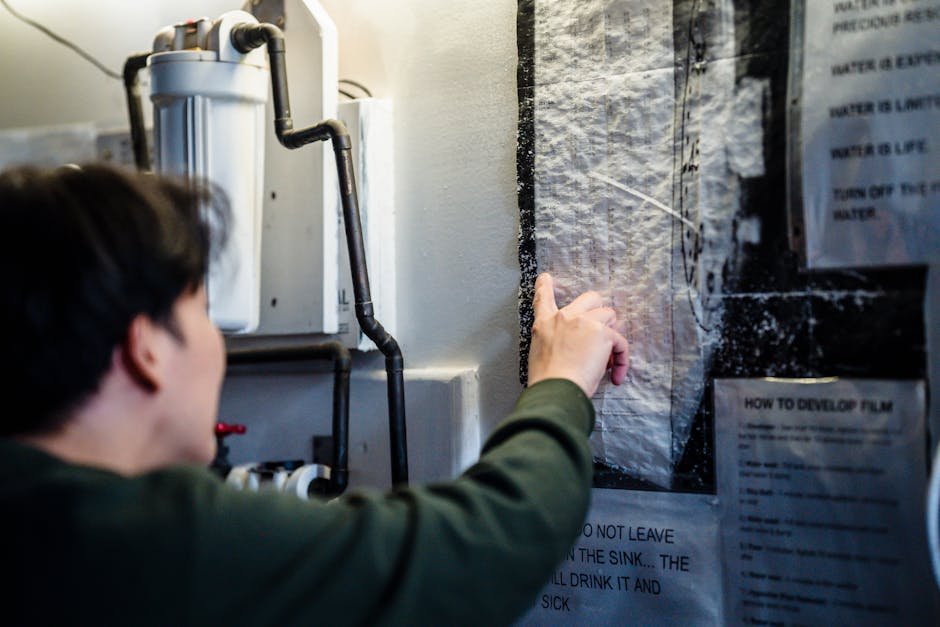The Ultimate Checklist for SEO-Friendly Blog Posts on WordPress
Creating SEO-friendly blog posts on WordPress can sometimes feel like navigating through a labyrinth. However, with the right checklist, you can make your journey smoother and your content more discoverable. Whether you’re a seasoned blogger or just starting, this ultimate checklist will guide you through crafting posts that both readers and search engines will love. 🌟
Table of Contents
1. Introduction to SEO for WordPress
2. Keyword Research: The Foundation of SEO
3. Crafting the Perfect Title
4. Optimizing Headers and Subheaders
5. Writing Engaging and SEO-Optimized Content
6. Image Optimization: More Than Just Pretty Pictures
7. URL Structure and Permalink Settings
8. Internal and External Linking
9. Utilizing SEO Plugins
10. Conclusion
11. FAQs
Introduction to SEO for WordPress
SEO, or Search Engine Optimization, is the art and science of making your content more visible on search engines like Google. WordPress, a powerful and user-friendly blogging platform, offers numerous tools and plugins to help you optimize your posts. However, understanding how to utilize these tools effectively is key to improving your website’s ranking. Let’s dive into this checklist and unlock the secrets to SEO success! 🔐
Keyword Research: The Foundation of SEO
Before you put pen to paper (or fingers to keyboard), start with keyword research. Keywords are the phrases your potential readers type into search engines. Tools like Google Keyword Planner, SEMrush, and Ahrefs can help you find keywords that are relevant to your topic and have a decent search volume.
Choose a primary keyword that represents your topic and a few secondary keywords to support it. Remember, the goal is to integrate these keywords naturally into your content without forced repetition. 🤓
Crafting the Perfect Title
Your title is the first thing both readers and search engines see. A compelling title should be around 60 characters long and include your primary keyword. Aim to create a title that is both informative and intriguing. For example, “The Ultimate Checklist for SEO-Friendly Blog Posts on WordPress” clearly states the content’s purpose while piquing curiosity.
Optimizing Headers and Subheaders
Headers (H1, H2, H3, etc.) help break up your content, making it easier to read and understand. They also give search engines clues about the structure and hierarchy of your content. Use your keywords in headers when appropriate, but ensure they flow naturally with the content.
Writing Engaging and SEO-Optimized Content
Your content should be informative, engaging, and relevant to your audience. Aim for a mix of short and long sentences to maintain reader interest. Use your primary and secondary keywords naturally throughout the text, but avoid keyword stuffing. The key is to write for humans first and then optimize for search engines. ✍️
Consider using lists, bullet points, and quotes to enhance readability and provide value to your audience. Remember, a well-structured post is more likely to be shared and linked to, further boosting its SEO value.
Image Optimization: More Than Just Pretty Pictures
Images can significantly enhance your blog post, but they also need to be optimized for SEO. Use descriptive file names and include alt text with relevant keywords to improve your image SEO. Additionally, ensure your images are compressed to reduce loading times, as page speed is a crucial factor in SEO.
URL Structure and Permalink Settings
A clean and concise URL structure is essential for SEO. WordPress allows you to customize your permalink settings to make your URLs more readable. Include your primary keyword in the URL and avoid using unnecessary words or numbers.
Internal and External Linking
Linking to other posts on your blog (internal linking) and reputable external sites (external linking) can enhance your content’s credibility and SEO. Internal links help keep visitors on your site longer, while external links show search engines that your content is well-researched and authoritative.
Utilizing SEO Plugins
WordPress offers various plugins to help optimize your content, with Yoast SEO and All in One SEO Pack being two of the most popular options. These plugins guide you in optimizing your blog post by providing insights on keyword usage, readability, and more.
Conclusion
Creating SEO-friendly blog posts on WordPress is a multifaceted process that requires attention to detail and a strategic approach. By following this checklist, you’ll be well on your way to boosting your blog’s visibility and attracting more readers. Remember, SEO is an ongoing journey, so stay updated with the latest trends and continue refining your skills. Happy blogging! 🚀
FAQs
Q: What is the importance of SEO for blog posts?
A: SEO improves the visibility of your blog posts on search engines, driving more traffic to your site and increasing your audience.
Q: How often should I update my SEO strategy?
A: SEO is constantly evolving, so it’s essential to review and update your strategy regularly, ideally every few months or when significant algorithm changes occur.
Q: Can I use multiple SEO plugins on WordPress?
A: It’s best to stick with one comprehensive SEO plugin to avoid conflicts and ensure cohesive optimization across your site.
Q: How long does it take to see results from SEO efforts?
A: SEO is a long-term strategy, and it can take several months to see significant results. Consistency and patience are key.














